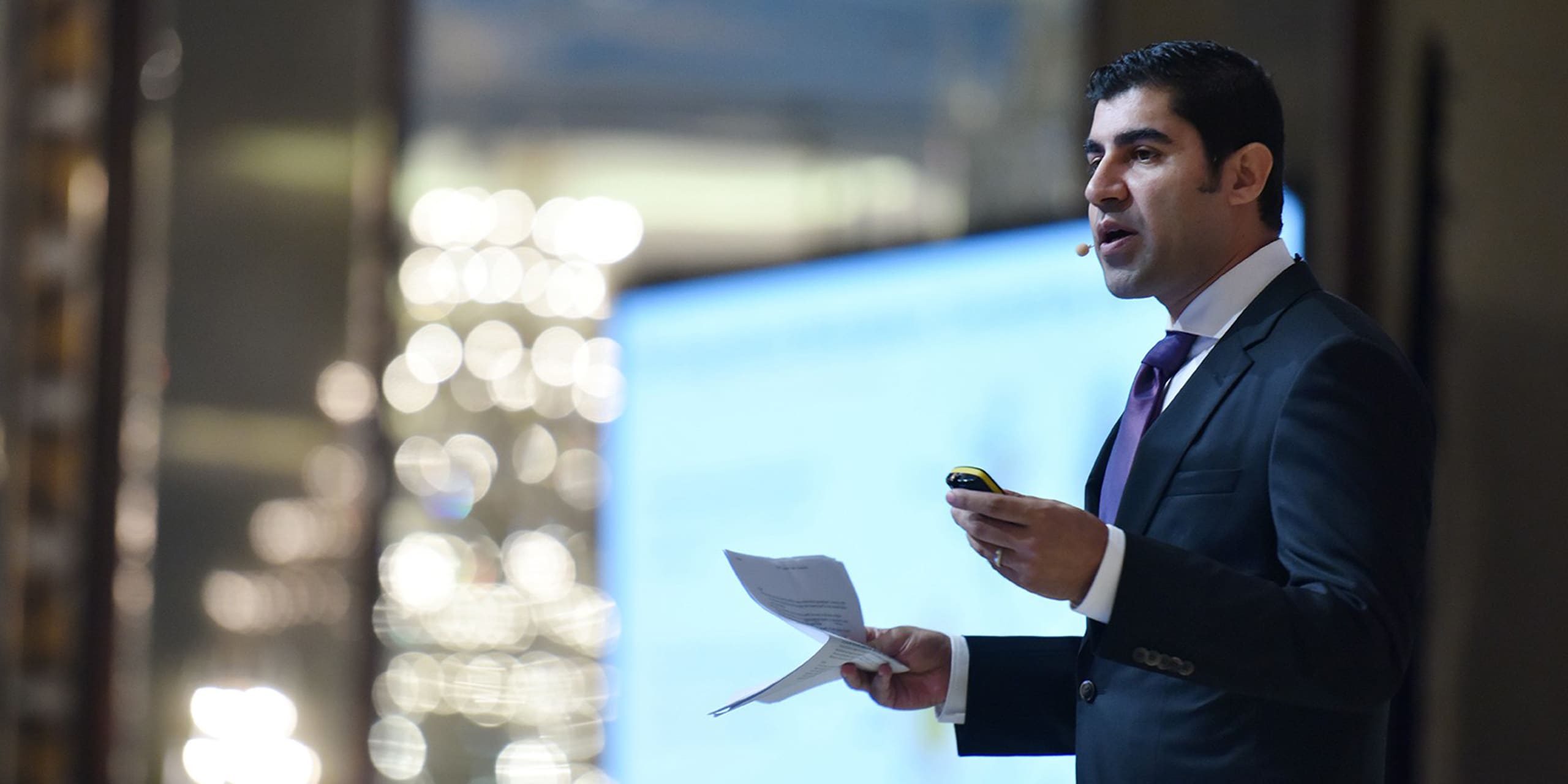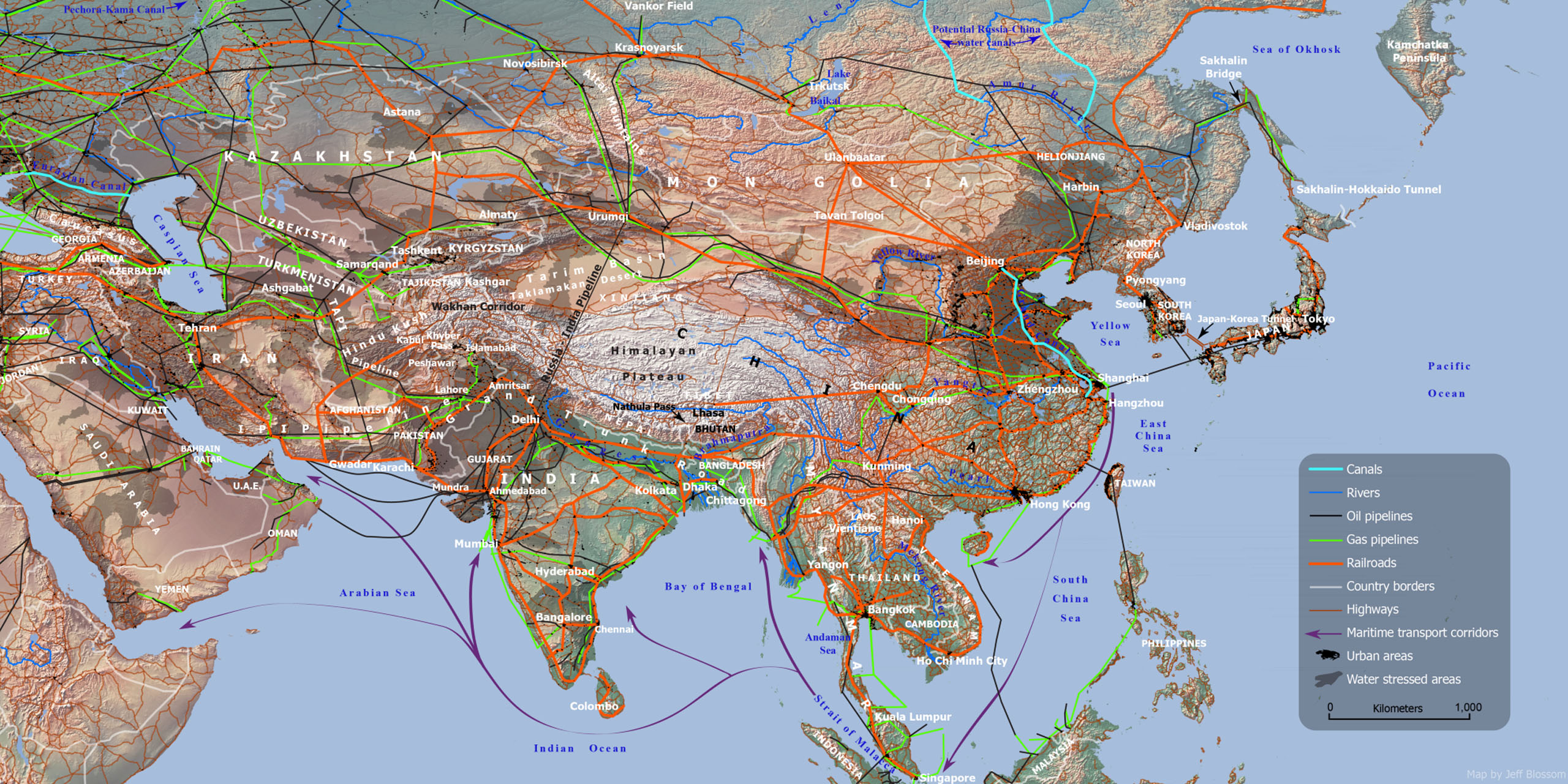How Connectivity Forms the Foundation of Civilisation
How Connectivity Forms the Foundation of Civilisation
Global strategist Dr Parag Khanna shares his thoughts on how the culture of connectivity will form the cornerstone of the civilisations of the future
Speaking at the Temasek International Panel (TIP) event last month where we heard insights and perspectives from global leaders and thinkers, global strategist Dr Parag Khanna believes that bridging global infrastructure is key to making sense of the 21st century. In doing so, it may succeed at one thing diplomacy has so far struggled to attain: world peace. Below we reproduce an excerpt from his latest book Connectography: Mapping The Future of Global Civilisation.
“Geography is destiny,” one of the most famous adages about the world, is becoming obsolete. Centuries-old arguments about how climate and culture condemn some societies to fail, or how small countries are forever trapped and subject to the whims of larger ones, are being overturned. Thanks to global transportation, communications, and energy infrastructures — highways, railways, airports, pipelines, electricity grids, Internet cables, and more — the future has a new maxim: “Connectivity is destiny.”

Dr Parag Khanna speaking at the 13th Temasek International Panel Lunch Talk on 19 October 2016
Seeing the world through the lens of connectivity generates new visions of how we organise ourselves as a species. Global infrastructures are morphing our world system from divisions to connections and from nations to nodes. Infrastructure is like a nervous system connecting all parts of the planetary body; capital and code are the blood cells flowing through it. More connectivity creates a world beyond states, a global society greater than the sum of its parts.
Much as the world evolved from vertically integrated empires to horizontally interdependent states, now it is graduating toward a global network civilisation whose map of connective corridors will supersede traditional maps of national borders. Each continental zone is already becoming an internally integrated mega-region (North America, South America, Europe, Africa, Arabia, South Asia, East Asia) with increasingly free trade coupled with intense connectivity across their thriving city-states.

China is leading Asia’s westward push to connect the world’s largest land mass through energy and transportation infrastructures. These new ‘Iron Silk Roads’ may prove more lasting and transformative than Silks Roads of any previous era
At the same time, maps of connectivity are also better at revealing geopolitical dynamics among superpowers, city-states, stateless companies, and virtual communities of all kinds as they compete to capture resources, markets, and mind share. We are moving into an era where cities will matter more than states and supply chains will be a more important source of power than militaries — whose main purpose will be to protect supply chains rather than borders. Competitive connectivity is the arms race of the 21st century.
Connectivity is nothing less than our path to collective salvation. Competition over connectivity is by its nature less violent than international border conflicts, providing an escape hatch from historical cycles of great power conflict. Furthermore, connectivity has made previously unimaginable progress possible as resources and technologies move much more easily to where they are needed, while people can more quickly relocate to escape natural disasters or to cities for economic opportunity. Better connectivity allows societies to diversify where their imports come from and where their exports go. Connectivity is therefore how we make the most of our geography.
The grand story of human civilisation is more than just tragic cycles of war and peace or economic booms and busts. The arc of history is long, but it bends toward connectivity.
Watch: What is Connectography?


